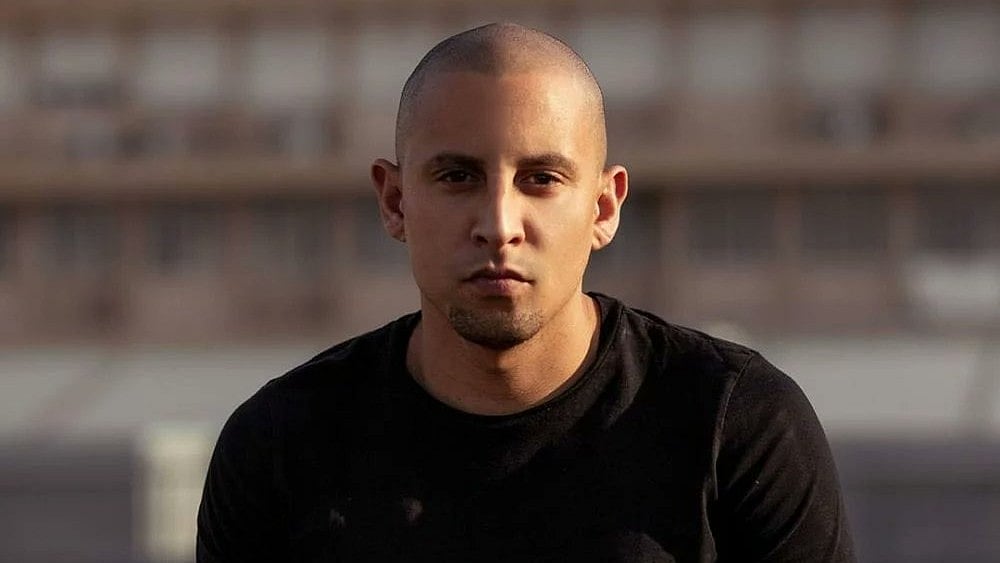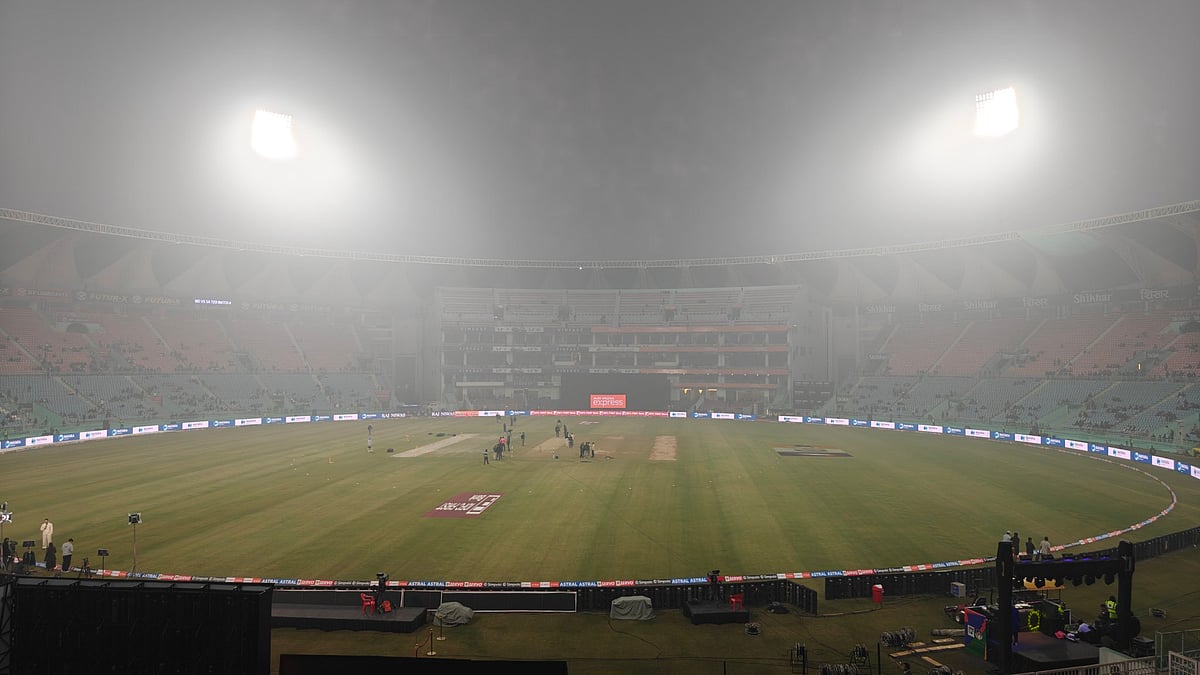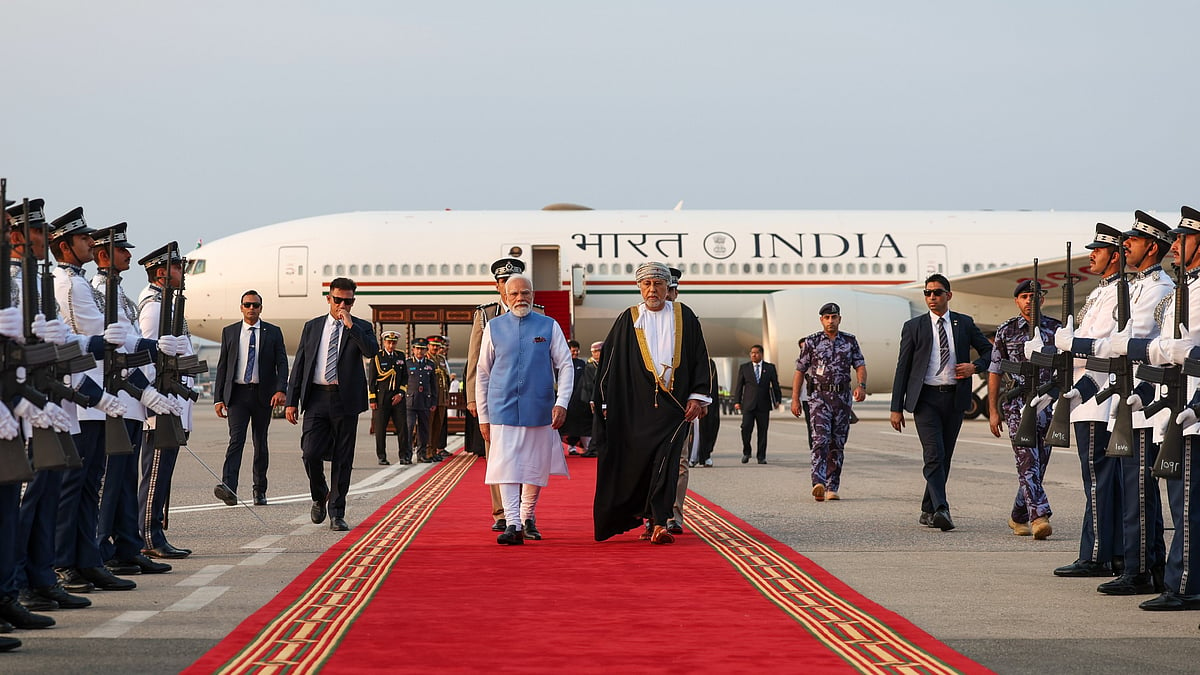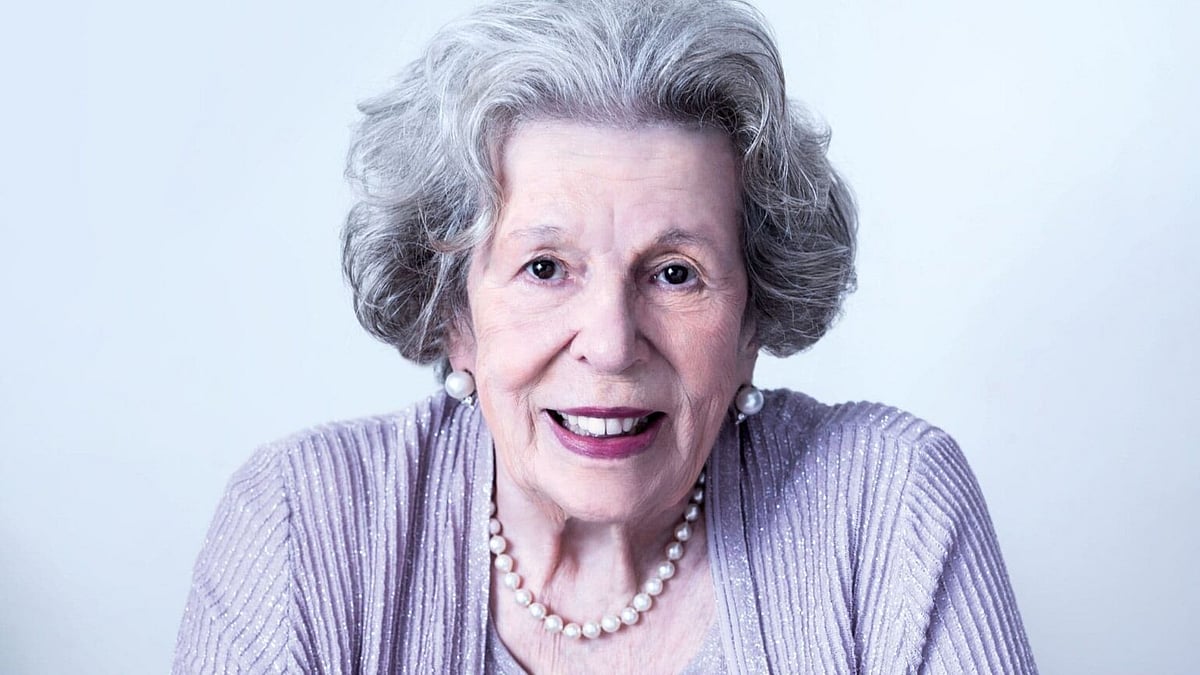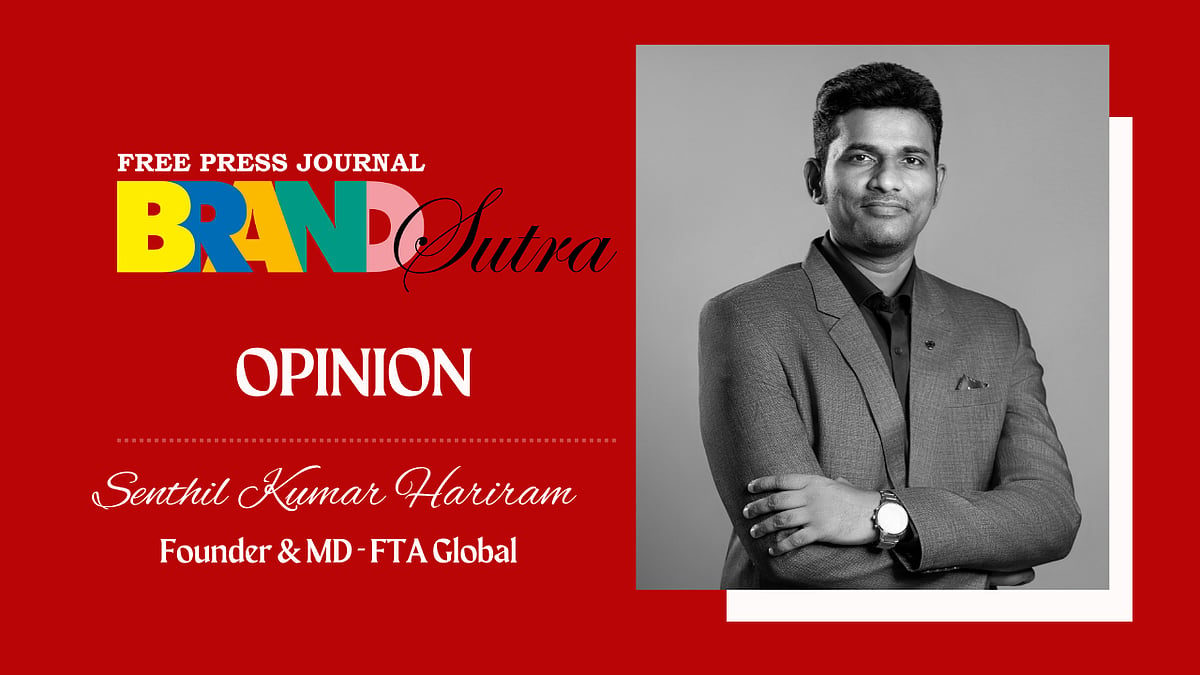During a time when incumbents in the menstrual hygiene space stuck to producing and marketing pads to the mainstream, Pee Safe came in to disrupt the market with their brand of menstrual cups and biodegradable and organic cotton pads and tampons.
Over the last seven years, they have managed to capture women in not just metros and tier-one cities but also tier-two and beyond. They work towards building quality, eco-friendly products and marketing them through awareness and information, often together with nonprofits.
Changing the perception and approach towards menstrual hygiene in a country like India is not easy. But someone had to do it. Rithish Kumar, Co-Founder of Pee Safe, tells us about his journey building the brand.
Excerpts from the interview…
Tell us about how Pee Safe became a go-to menstrual hygiene brand for Indian women.
Before becoming a brand of feminine or menstrual hygiene, Pee Safe was a toilet hygiene brand. Our toilet seat sanitiser effectively helped women have safe and sanitised washroom experiences.
Then, when looking to expand, we realised that in menstrual hygiene specifically, there wasn't a lot of innovation. Incumbents in the space had only been producing and marketing pads when so much more could have been done.
We started building alternatives to sanitary pads, with menstrual cups, biodegradable pads and tampons, reusable pads, and our recently launched period panties. Within each of our products, we’ve tried to solve the problem in an Indianised way, and we’ve built a sustainable period care portfolio over time.
In what ways are products tailor-made for Indian women?
Rather than doing mass surveys, we have conversations with our customers. We spend 10 to 20 minutes with them, sometimes going up to an hour, to understand their pain points.
Through this, we realised, for example, that the use case for panty liners in India is perhaps for a surprise period or towards the end of the cycle. It's not necessarily a daily-use product. Back then, the average length of a panty liner was around 150mm, which is small.
We picked up on those insights and launched a 185mm panty liner. Our liners are our bestselling product; we sell about two million of them monthly. Building sustainable products is challenging, especially at the scale that we're operating at. However, our brand is certified plastic-neutral, and a majority of the products can clearly be identified as sustainable.
We also work with nonprofits to promote the agenda of sustainability and good hygiene practices. Only once we have 100% conviction that we’ve differentiated ourselves from the lot, is when we launch a product.
Why did the menstrual world need a startup to disrupt it?
I think the lack of innovation comes from a dated ‘one product, one brand philosophy’. They also have a very bureaucratic way of solving things, and layers of discussions and approvals are required. It could also be that they don’t want to create self-competition for their products.
However, today, brands don't stand for products. We’re not scared that a customer will move from buying a pad to a menstrual cup. Women have evolved, and they’re not using just one product to tackle menstruation. If they're using a menstrual cup, they're probably also using a panty liner or a period panty.
What have been the most effective ways to market to your customers?
Our marketing involves storytelling and a lot of awareness for the product category, not even the brand. With that, we’ve reached over a million menstrual cup users and 200,000 tampon users for the brand.
Seven years ago, when we started, it was difficult even to convince a 30-year-old woman to use a menstrual cup. This woman is now in her early 40s and allowing her teen daughter to use a menstrual cup. So, it's a change that happens with time.
We have to constantly hit hard on these messages and send social signals to make women comfortable using these products. And a big reason for them to make the switch is environmental concerns. Pads do create a lot of plastic waste. At some point, there has to be a solution to this problem, and the products we offer are clearly a solution.
How are you planning out sales and expansion in the near future?
We're an omnichannel brand, but a majority of our business happens in retail marketplaces and quick commerce. Our D2C percent share of revenue is single digit. We're currently in about 20,000 stores and are looking to get to 50,000 stores in the next two-and-a-half years. Right now, we're present in roughly 70 odd cities, which will reach about 100 cities. Metro, tier-one and tier-two cities constitute 80% of our customers. The remaining 20% come from tier three and beyond.
What is your vision for the future of the brand?
Our focus is on building new, disruptive products. We want to be the largest feminine hygiene brand from India for the world. We’ve already started taking baby steps towards our vision of being global - our products are available in 23 countries.
.png)
What are key things you’ve learnt along your journey in the industry?
First, I think the best information and feedback comes from speaking to fewer customers for a longer period of time.
Number two, managing an omnichannel business has been my biggest learning. Most consumer brands start online, where plenty of resources are available, both in terms of people and marketplaces. Whereas in offline retail, you’re starting over from scratch. Getting the pricing right on both platforms and managing distributors, stocks etc, has been a learning experience.
The third and most important thing is that marketing shouldn't be about ‘take this discount’ or ‘buy this product’. Before you do any performance marketing, you must build a strong brand through storytelling. Your customer should be able to resonate with you as a friend. They should be able to trust your product before they even buy it.
.png?width=1200)
